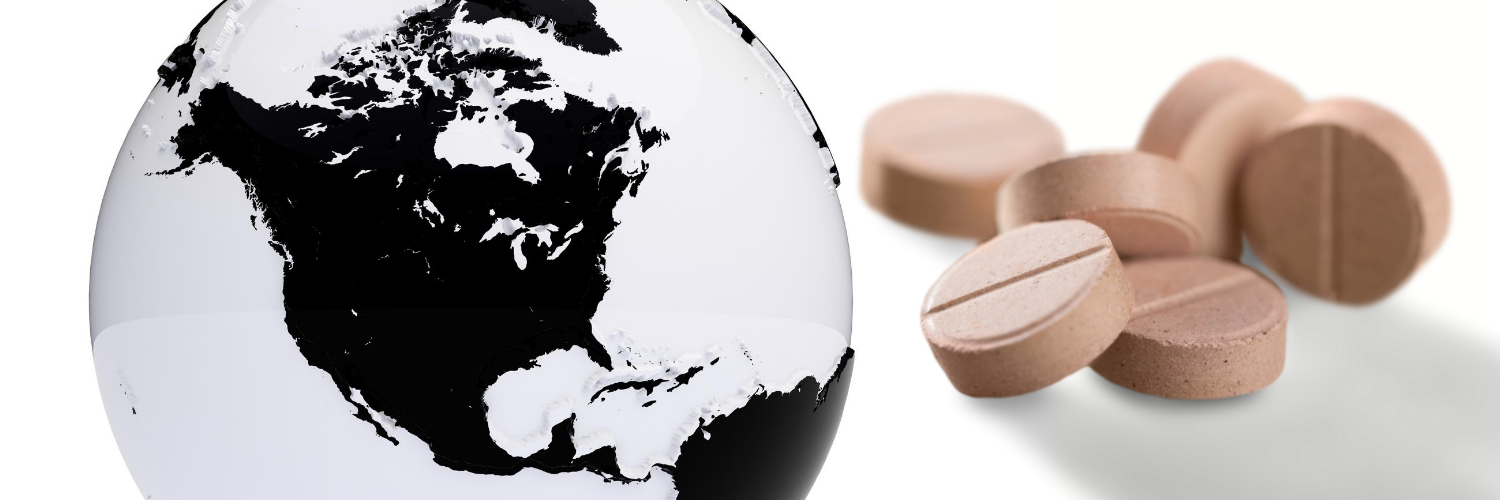What is prescription drug step therapy? How does it work?

One important cost-controlling policy of insurance plans is step therapy, a process that exists to prevent patients from taking high-cost medications unnecessarily. Step therapy can hinder how health care providers make important clinical decisions regarding prescriptions. In fact, research shown step therapy can actually prevent patients from receiving any treatment at all. A 2015 study demonstrated cases in which patients had to “step through” (meaning take) FDA-approved black box warning medication before they could be covered for FDA-approved non-black box warning medication! (Medications with black box warnings are more dangerous.) Between 2010 and 2014, step therapy use increased from 60% to 75% within large employers.
What is prescription drug step therapy? What is prior authorization?
Step therapy is a process by which patients try cheaper but potentially effective treatments before they “step up” to more expensive drugs. The process is all part of your prescription insurance’s prior authorization program.
Prior authorization is a process that allows your healthcare provider to verify that you have a medical need for the drug that was prescribed. Insurance plans require prior authorizations on expensive drugs to ensure that patients actually need the drugs prescribed and that less expensive ones would not work just as well.
Insurance plans have drug formularies which list what drugs are covered within categories of tiers. This could mean that during the “Step 1” phase of coverage, you will have to take a lower-cost generic version of a drug. Depending on your insurance plan, “Step 1” tier drugs don’t require a prior authorization.
However, if your provider agrees that your “Step 1” drug wasn’t optimal for you, your provider will then have to submit a request to your insurance for a more expensive “Step 2” tier drug. “Step 2” drugs usually consist of preferred brand name medications. They also frequently come with a higher co-pay. “Step 3” tier drugs usually consist of non-preferred brand name medications that require prior authorization. “Step 3” drugs incur the highest financial burden on both insurers and consumers.
What is the difference between preferred and non-preferred brand name drugs?
Your best option to save money and pay the lowest co-pay is with generic medications. Learn more about the differences between generic and brand medications.
Preferred brand name drugs are those that have generally been on the market for a while. They are more expensive than generic drugs but cheaper than non-preferred brand name medications. Non-preferred brand name drugs are typically newer medications that, because of their higher price, will require a higher co-pay.
You can use the U.S. Prescription Discount Card for brand or generic medication discounts at all major chains and most independent pharmacies nationwide. Generic drug savings using the card can be as high as 90%.
What is a quantity limit request?
For safety and to cut costs, insurance plans set quantity limits on certain drugs covered over time. If you are prescribed a drug regimen of three tablets per day (90 tablets a month) of a certain drug, but there is a quantity limit in your insurance plan of 30 tablets per month, your provider will have to contact your insurance company to get authorization for the higher quantity.
How can I tell if my medication is a part of step therapy?
To find out if step therapy is required on a drug, check directly with your insurance plan. Most insurers provide their medication coverage lists online and you can easily go on their websites to check where your medication stands. You can also call the number on the back of your insurance card to find out — but online might be better to avoid wait times!
My medication requires step therapy and I was denied coverage. Now what?
Some medications that often require step therapy include Nexium, Prilosec, Abilify, Clarinex, Differin and Fenoglide. If you’re denied coverage, which in most cases would be for a brand name medication, there are options to purchase it out-of-pocket at lower cost.
You can save on all these medications and more with the U.S. Prescription Discount Card which is a good option mostly for generic medications at U.S. pharmacies. You can save as much as 90% on generic medication and up to 20% on brand name medication.
If the discount card prices for brand name drugs are still too high at your local pharmacy, you can find much lower drug prices at PharmacyChecker-accredited international online pharmacies.
If you find an international online pharmacy that is not listed on PharmacyChecker.com, use PharmacyChecker’s Verification Portal to ensure you’re purchasing from a properly credentialed online pharmacy.
Read More on AskPharmacyChecker
What's the difference between a brand name drug and a generic drug?
Why isn't my prescription drug on my health insurance plan's drug formulary?
I'm in the Medicare donut hole. What now?




